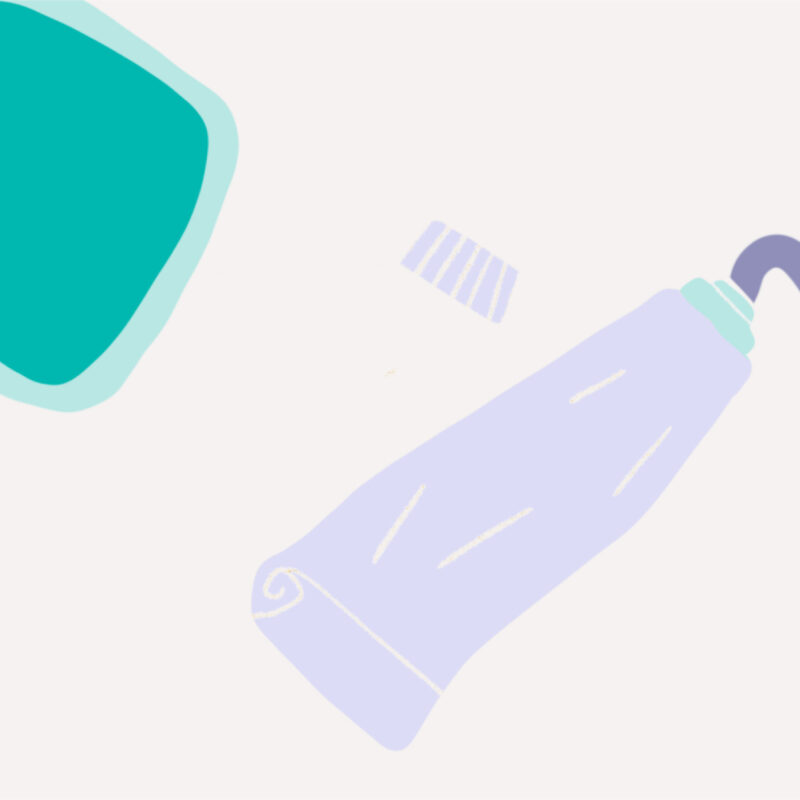Vaginal dryness Factsheet
This leaflet aims to answer your questions about vaginal dryness including what it is, the problems it can cause and the treatments available.
What is vaginal dryness?
The hormone estrogen keeps your vagina healthy by acting as a natural lubricant. It also stimulates the cells in the lining of your vagina to encourage the presence of ‘good’ bacteria that protects against infection.
As estrogen levels in your body decline during the perimenopause and menopause, the vagina, vulva, and urinary tract can suffer from a lack of estrogen. The tissue lining your vagina thins (known as vaginal atrophy or atrophic vaginitis) and becomes drier. Your bladder and the tube running from it (urethra) also thin and become weaker which can cause you to need the toilet more often and feel very desperate to go, without much notice. As estrogen helps cells to fight off harmful bacteria, a lack of this hormone makes you prone to urinary tract infections, such as cystitis.
What problems does vaginal dryness cause?
A lack of estrogen to your vagina and vulva can cause a range of problems; symptoms that, although very common, are often not mentioned due to embarrassment. Symptoms can present in the earlier years of your perimenopause or may not occur at all until years after your menopause. Seven out of ten women experience some of these symptoms after their menopause has ended, even if they already take HRT.
It is not just a problem for women who are sexually active – in more severe cases, the discomfort can be present all the time and affect normal every day activities, such as what clothing you choose or how long you can sit down for.
As mentioned, a common feature of vaginal dryness is for the tissue to thin and become more sensitive. This often makes it feel sore and itchy, and become red and inflamed (your skin may feel itchy in other areas too). Scratching the itch leads to more soreness, redness and inflammation, further exacerbating the problem. There may also be more frequent episodes of thrush.
You might experience intermittent, or even constant, pain at any time of the day, regardless of what you are doing. For others, discomfort is felt only when the tissue is stretched, such as during sex or when using tampons. This is because, as well as being drier, the tissue around the vagina has become less flexible and doesn’t expand as easily as it did before.
The good news is that there are really effective treatments for vaginal dryness, that can be taken alongside HRT if necessary, and some remedies are available over the counter.
Treatments for vaginal dryness
Local estrogen
Because these symptoms are due to a lack of estrogen, a very effective solution is to put estrogen directly on the affected area. This is known as ‘local’ or ‘topical’ estrogen and it is not the same as the estrogen you take as part of your HRT; vaginal estrogen treatments can be taken safely for a long time, with no associated risks. Local estrogen is available via a prescription your healthcare professional can advise on which type would be best for you, there are two types of estrogen used – estradiol and estriol – and three main ways to absorb the estrogen directly from the vagina and surrounding area:
Pessary: The most common choice of vaginal estrogen is to use a pessary, such as Vagifem® (containing estradiol). This is a small tablet you insert into the vagina, using an applicator. It is administered daily for the first two weeks, and then twice weekly after that. Women usually insert the pessary at nighttime so they can stay in place in the vagina for several hours. If twiceweekly doesn’t improve symptoms, it can be used more frequently under advice from your healthcare professional.
Imvaggis® pessaries are a more gentle, lower dose alternative and contain estriol. They look like small, waxy bullets and do not require an applicator for insertion, so are more environmentally friendly. They can, however, sometimes result in a discharge when the product dissolves and leaves your vagina. Women use one pessary every night for 3 weeks, then twice a week thereafter.
There is another type of pessary that is different to other estrogen preparations Intrarosa® contains DHEA, a hormone that our body naturally produces. Once positioned in the vagina, the DHEA is converted to both estrogen and testosterone. It is can be used with or without an applicator and the usual dose is one pessary every night.
Cream or Gel: Estrogen creams, such as Ovestin® (containing estriol), are inserted inside the vagina on a daily basis for the first fortnight, and then twice weekly after that. An applicator can be used to insert the cream in the vagina or it can be applied with the fingertips on and around the vulva area as well which can be useful if you are experiencing itching or soreness of the external genitalia too.
Blissel® gel is a newer product that also contains estriol. This is a lower dose option (but not quite as low as Imvaggis) and it has an applicator to insert the gel inside the vagina. It is used every night for three weeks, then twice a week after that.
Ring: An alternative way to use vaginal estrogen is with an estrogen ring, such as Estring®. This is a soft, flexible, silicon ring you insert inside your vagina. The ring’s centre releases a slow and steady dose of estradiol over 90 days and it therefore needs to be replaced every three months. A health professional can insert the ring, if a woman does not feel confident or able to do so. The dose released is slightly stronger than the Vagifem pessary. Women can leave the ring in position to have sex, or can remove and reinsert it themselves, if preferred.
Vaginal Moisturisers and Lubricants
As well as vaginal estrogen treatments, there are moisturisers and lubricants that do not contain estrogen but act to keep the tissues wellhydrated and feeling less sore. Moisturisers are for help throughout the day and are longer lasting, so you might only need to use a moisturiser every two or three days. Lubricants are for using just before having sex. Recommended brands of vaginal moisturisers are YESTM VM, Sylk Intimate, and Regelle. Sylk can also be used as a lubricant and YES have lubricants known as YES OB or YES WB. If you are using condoms for contraception, and use a lubricant when having sex, make sure it is a waterbased lubricant as this type will not dissolve the latex in the condom.
HRT
Many women find that using the right type and dose of HRT can really improve their symptoms. It is quite safe to take HRT with the other treatments mentioned in this article.
Improvement of Symptoms
Your symptoms of vaginal dryness and discomfort should improve after about three months of using vaginal estrogen treatments or moisturisers. Some women see significant improvement using estradiolcontaining products and not with estriol – for other women, it is vice versa. Many women see good results with either type of estrogen or with DHEA. It can often be a case of trying a few before preparations before finding the one most suitable for you. On occasion, it may be necessary to use one type inside your vagina and a different type for your external genitalia.
If you have still not had an improvement after three months, you should see your doctor, as sometimes these symptoms can be due to other conditions. It is also very important to see your doctor if you have any unusual bleeding from your vagina.




